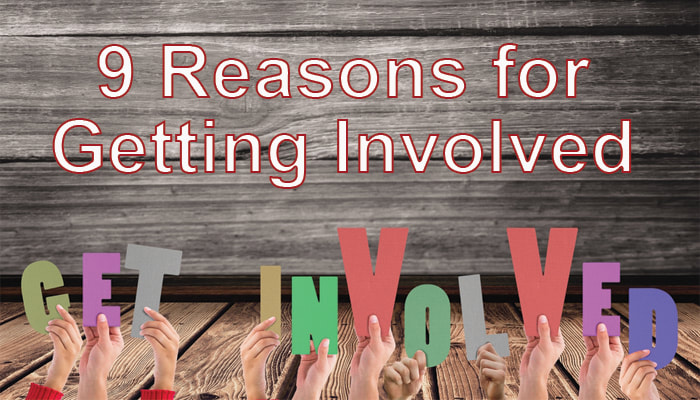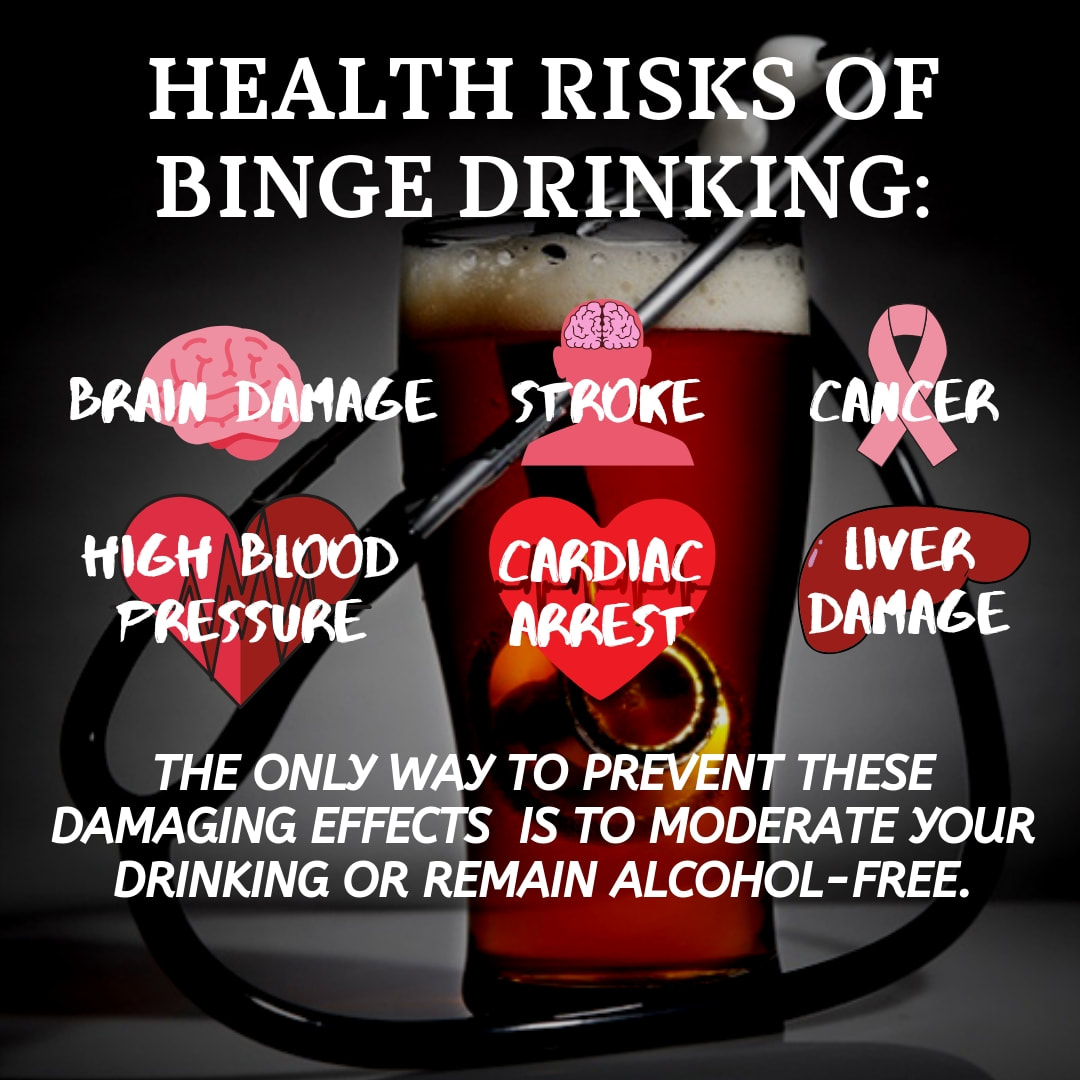BACK TO SCHOOL STRESS MANAGEMENT
As the last weeks of summer vacation begin to wind down, and as advertisers “back-to-school” campaigns are in full-effect, a sense of excitement, nervousness, and stress begins to arise in both parents and children alike. Below are some important tips on how to handle this transition smoothly. tO LIMIT THE AMOUNT OF STRESS ON YOU AND YOUR CHILD. 3 very important things you can do are listed below:
1. aLWAYS ASK: hOW ARE YOU FEELING?
Avoid the "are you worried?" question. Ask instead, "How do you feel about the start of school?" Or ask: "With all the changes recently, what kinds of worries are on your mind?" Set a breakfast and moring routine that works for everyone. It may mean setting out plates and planning breakfast the night before or it may mean getting up a few minutes earlier to help ease the stress. Try to make mornings calm, positive, and be enthusiastic about whats planned for the day.
2. LISTEN
MAKE SURE YOU LISTEN TO WHAT YOUR CHILD HAS TO SAY, BE EMPATHETIC TO THEIR CONCERNS OR FEARS. THAT WILL HELP EASE THEM INTO THE TRANSITION.
3. ESTABLISH A ROUTINE
SET A BREAKFAST AND MORING ROUTINE THAT WORKS FOR EVERYONE. IT MAY MEAN SETTING OUT PLATES AND PLANNING BREAKFAST THE NIGHT BEFORE OR IT MAY MEAN GETTING UP A FEW MINUTES EARLIER TO HELP EASE THE STRESS. TRY TO MAKE MORNINGS CALM, POSITIVE, AND BE ENTHUSIASTIC ABOUT WHATS PLANNED FOR THE DAY.
how being involved can enhance the school experience
Did you know getting involved in school activities can help reduce stress, build confidence, and build self-esteem?
Here are 9 reasons to get involved in your school!
1. Discover new possibilities.Involvement in an activity could spur a lifelong passion, introduce career options and help define identity. For example, many students first find a love for debate or technology through school activities.
2. Ease transitions.Moving from elementary to middle school, or from middle to high school, can be a big change in routine, relationships and environment. Continuing or discovering activities can help make the change go more smoothly.
3. Relieve boredom.Being involved in an activity often means hours of practice, preparation and, sometimes, travel, which leaves less time for boredom or less-desirable activities.
4. Relieve academic pressure.As the school work load increases, it may seem counterintuitive to spend more time on other activities, but the outlet is often a needed break from homework and studying.
5. Increase academic performance.Education Next reports being involved in activities outside the classroom may play a role in improving grades and standardized test scores.
6. Build important skills.No matter what the future brings, skills like teamwork, cooperation, creative problem-solving, decision-making and leadership will always be important. Many extracurricular activities allow the development of these skills that are transferrable to school, family and future life.
7. Make connections.Involvement in many extracurriculars brings students into contact with others, like coaches, teammates, parents and event judges, who may become valuable connections later.
8. Improve college applications.If college is the next step after high school, a record of involvement over several years can demonstrate a continued interest in a particular cause, activity or event. Colleges and universities appreciate seeing applicants who demonstrate that they are successful outside the classroom and will become active members of their academic communities.
9. Find others with similar interests.A variety of activities are available for students of all backgrounds and circumstances, including:
- School, club or community sports teams
- Special interest clubs like card or chess clubs
- Academic-related activities such as competitive math or science teams
- Fine arts groups, like newspaper or social media, drama, dance or music
- Student government
- Volunteering for nonprofit and service organizations
- Career-related internships and jobs
- Other jobs such as retail, babysitting and tutoring
Going back to school may lead to more vaping – here’s what educators and communities can do about it
A majority (70%) of young people report they anticipate seeing people vape at similar or higher rates as they go back to school, according to a recent survey of 15- to 24-year-olds by Truth Initiative. As students return to campuses nationwide, schools and communities can help prevent vaping from making a big return alongside them.
Youth vaping remains at epidemic levels, with about one in five high school students and one in 20 middle school students using e-cigarettes in 2020. Truth Initiative research found that early lockdown days of the COVID-19 pandemic brought a drop in youth vaping as youth reported a decrease in retail access and opportunities to share e-cigarettes with others. Since then, national e-cigarette sales have reached record highs and, with in-person student interaction increasing, youth may have more access and exposure to e-cigarettes.
What can be don?
1. Share the facts about vaping
Many youth e-cigarette users are unaware vapes can deliver as much as – or more – nicotine than combustible cigarettes. Nicotine can harm the development and nerve cell functioning of an adolescent user’s brain and make them more likely to become addicted to other drugs.
Through four learning modules, young people learn about the hazards of vaping, how e-cigarette marketers target them, the environmental toll of e-cigarette waste, and the benefits of a vape-free life.
“[W]e know there’s a mental health crisis happening,” said Amy Taylor, chief of community engagement at Truth Initiative, “and we provide self-care tips to young people so, instead of vaping, they have other alternatives to deal with their anxiety and stress.”
2.Help young people quit
One-third of current young e-cigarette users surveyed by Truth Initiative said they tried to quit the previous year, according to research published by Preventive Medicine Reports. Knowing the risks makes a difference – greater awareness of the dangers of vaping more than tripled the odds that a user reported intentions to quit vaping in the upcoming month. Reasons to quit vaping also include cost, freedom from addiction, and social factors such as how the user may be perceived by others.
This is Quitting incorporates text messages from other young people who have attempted to, or successfully quit, e-cigarettes. Young e-cigarette users who used This Is Quitting for seven months were nearly 40% more successful at quitting vaping than young e-cigarette users who didn’t use the resource, according to a randomized clinical trial in JAMA Internal Medicine. Researchers found that this higher quit rate was regardless of age, race, ethnicity, gender identity, sexual orientation, nicotine dependence, social influences to vape, and other substance use.
For more information visit www.https://truthinitiative.org/research-resources/emerging-tobacco-products/going-back-school-may-lead-more-vaping-heres-what
Youth vaping remains at epidemic levels, with about one in five high school students and one in 20 middle school students using e-cigarettes in 2020. Truth Initiative research found that early lockdown days of the COVID-19 pandemic brought a drop in youth vaping as youth reported a decrease in retail access and opportunities to share e-cigarettes with others. Since then, national e-cigarette sales have reached record highs and, with in-person student interaction increasing, youth may have more access and exposure to e-cigarettes.
What can be don?
1. Share the facts about vaping
Many youth e-cigarette users are unaware vapes can deliver as much as – or more – nicotine than combustible cigarettes. Nicotine can harm the development and nerve cell functioning of an adolescent user’s brain and make them more likely to become addicted to other drugs.
Through four learning modules, young people learn about the hazards of vaping, how e-cigarette marketers target them, the environmental toll of e-cigarette waste, and the benefits of a vape-free life.
“[W]e know there’s a mental health crisis happening,” said Amy Taylor, chief of community engagement at Truth Initiative, “and we provide self-care tips to young people so, instead of vaping, they have other alternatives to deal with their anxiety and stress.”
2.Help young people quit
One-third of current young e-cigarette users surveyed by Truth Initiative said they tried to quit the previous year, according to research published by Preventive Medicine Reports. Knowing the risks makes a difference – greater awareness of the dangers of vaping more than tripled the odds that a user reported intentions to quit vaping in the upcoming month. Reasons to quit vaping also include cost, freedom from addiction, and social factors such as how the user may be perceived by others.
This is Quitting incorporates text messages from other young people who have attempted to, or successfully quit, e-cigarettes. Young e-cigarette users who used This Is Quitting for seven months were nearly 40% more successful at quitting vaping than young e-cigarette users who didn’t use the resource, according to a randomized clinical trial in JAMA Internal Medicine. Researchers found that this higher quit rate was regardless of age, race, ethnicity, gender identity, sexual orientation, nicotine dependence, social influences to vape, and other substance use.
For more information visit www.https://truthinitiative.org/research-resources/emerging-tobacco-products/going-back-school-may-lead-more-vaping-heres-what
A majority (70%) of young people report they anticipate seeing people vape at similar or higher rates as they go back to school, according to a recent survey of 15- to 24-year-olds by Truth Initiative. As students return to campuses nationwide, schools and communities can help prevent vaping from making a big return alongside them.
Youth vaping remains at epidemic levels, with about one in five high school students and one in 20 middle school students using e-cigarettes in 2020. Truth Initiative research found that early lockdown days of the COVID-19 pandemic brought a drop in youth vaping as youth reported a decrease in retail access and opportunities to share e-cigarettes with others. Since then, national e-cigarette sales have reached record highs and, with in-person student interaction increasing, youth may have more access and exposure to e-cigarettes.
What can be don?
1. Share the facts about vaping
Many youth e-cigarette users are unaware vapes can deliver as much as – or more – nicotine than combustible cigarettes. Nicotine can harm the development and nerve cell functioning of an adolescent user’s brain and make them more likely to become addicted to other drugs.
Through four learning modules, young people learn about the hazards of vaping, how e-cigarette marketers target them, the environmental toll of e-cigarette waste, and the benefits of a vape-free life.
“[W]e know there’s a mental health crisis happening,” said Amy Taylor, chief of community engagement at Truth Initiative, “and we provide self-care tips to young people so, instead of vaping, they have other alternatives to deal with their anxiety and stress.”
2.Help young people quit
One-third of current young e-cigarette users surveyed by Truth Initiative said they tried to quit the previous year, according to research published by Preventive Medicine Reports. Knowing the risks makes a difference – greater awareness of the dangers of vaping more than tripled the odds that a user reported intentions to quit vaping in the upcoming month. Reasons to quit vaping also include cost, freedom from addiction, and social factors such as how the user may be perceived by others.
This is Quitting incorporates text messages from other young people who have attempted to, or successfully quit, e-cigarettes. Young e-cigarette users who used This Is Quitting for seven months were nearly 40% more successful at quitting vaping than young e-cigarette users who didn’t use the resource, according to a randomized clinical trial in JAMA Internal Medicine. Researchers found that this higher quit rate was regardless of age, race, ethnicity, gender identity, sexual orientation, nicotine dependence, social influences to vape, and other substance use.
For more information visit www.https://truthinitiative.org/research-resources/emerging-tobacco-products/going-back-school-may-lead-more-vaping-heres-what
The Swanton Area Community Coalition, Inc. brings together all sectors of the community to work for the reduction and prevention of substance abuse through education and awareness in Swanton.
The Swanton Area Community Coalition, Inc. is a volunteer community group working together to create a strong caring community, empowered to build excellence in our youth in both character and action..
Someone you know struggling with substance abuse?
|
A Renewed Mind
Arrowhead Behavioral Health Harbor Behavioral Health DrugRehab The Link: Call 1.800.273.8255 |
You can contact us if you need specific resources. Although it is not our area, we will do whatever we can to help.
|
fact sheets - binge drinkingLearn the true definition of binge drinking and some shocking facts!
|
health consequences from binge drinkingTake a look at the side effects that binge drinking has on your health!
|
Check Out Our Facebook Page to Learn Even More!
Location
Address: 93 Dodge STREET, SWANTON, OH, 43558








